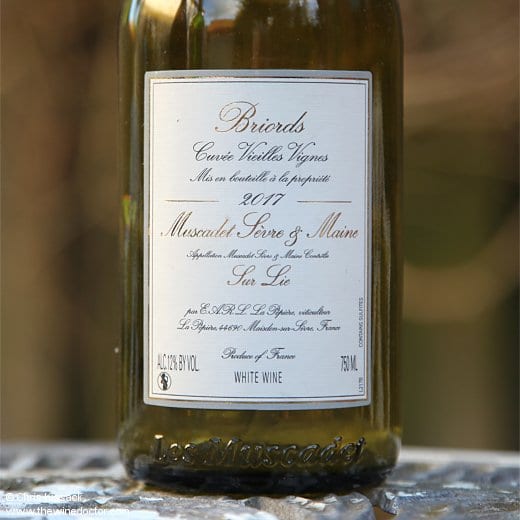Domaine de la Pépière: The Cuvées
The range of wines could perhaps be divided by terroir, but as granite dominates here I have chosen to divide them up according to length of time on the lees. This first gives us a number of wines bottled before the end of November during the year following the harvest, thereby making the wines eligible for the traditional sur lie epithet. Perhaps ‘traditional’ isn’t quite the most appropriate term, but it is certainly no worse than sur lie as a description, given the inaccuracy of this particular phrase (as wines left sur lie for too long, can’t be called sur lie any more).
Then there are those wines that spend longer on the lees, typically two or three years. Some but not all included here are true cru communal wines; nevertheless, those that are not officially classified as cru communal are made in the same spirit of using the best fruit from specific terroirs (or, in one unusual case, a blend of terroirs), harvesting at restricted yields, and finishing off the wine with a long period of lees-aging. Finally I finish with the remaining wines, which include sparkling wines (although I these seem to be a thing of the past here) and red vin de pays cuvées.
There is a domaine cuvée, a straight Muscadet Sèvre et Maine sur lie, which is I believe referred to as La Pépie in some markets, and which can offer good value in the right vintage. While the domaine was in its slow conversion to organics, in some years this wine was produced in both organic and standard, non-organic versions, the first from fully certified vines, the second either from conventionally-farmed vines, or from vines undergoing conversion but not yet certified.

Please log in to continue reading:
